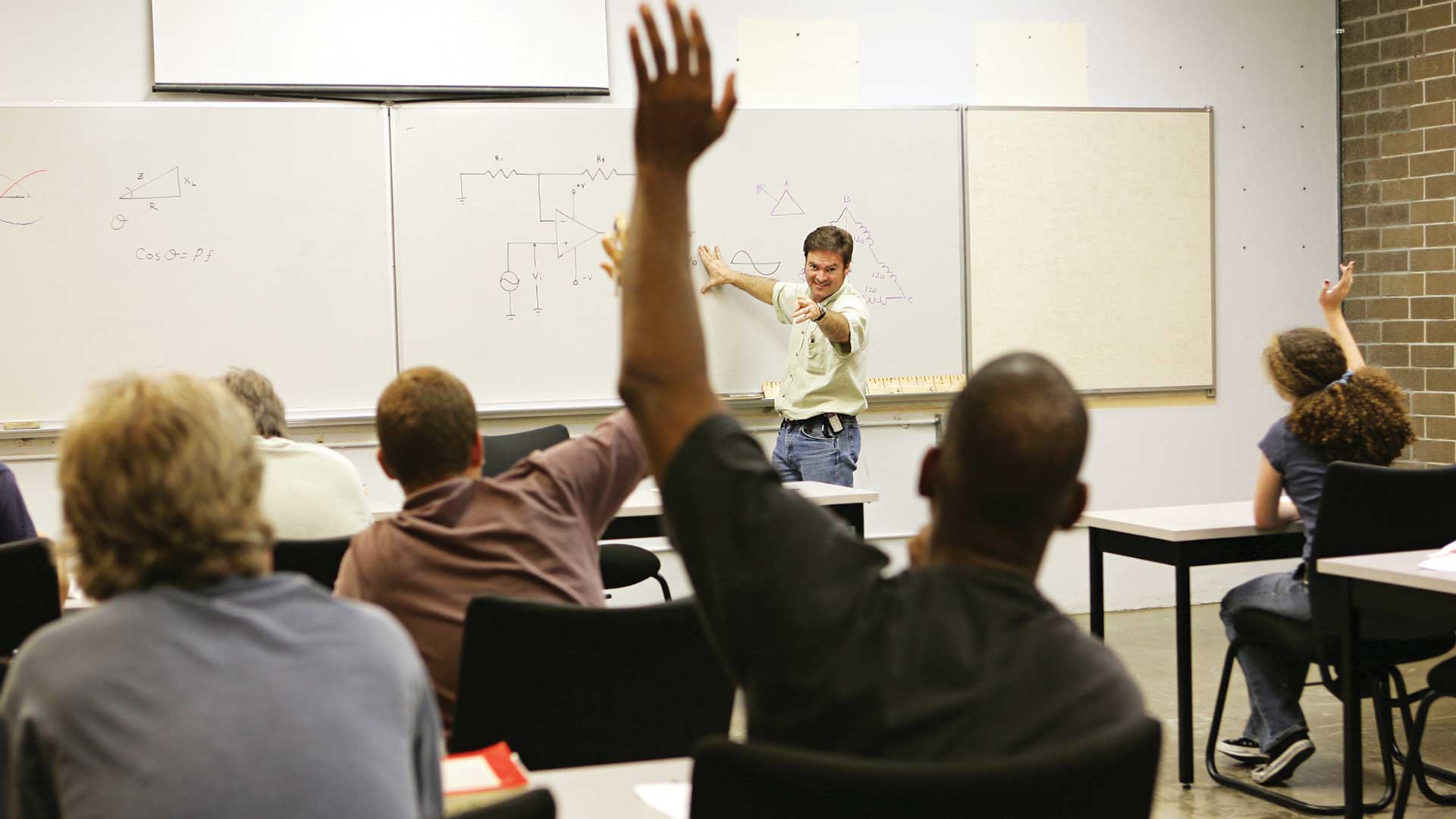
The calls for more law enforcement training seem to be increasing: more de-escalation training, more implicit bias training, more less-than-lethal training. Those calls are answered with more annual training requirements, like Missouri’s recent addition of one hour each on de-escalation and implicit bias.1 Likewise, Nebraska added 12 hours to its annual de-escalation training requirement.2
More isn’t necessarily better
The point of training is not to check the “done” box or to give the right answers on a survey. Training should make appropriate responses automatic. Some training hasn’t met that goal.
A recent year-long program where 36,000 officers were trained on implicit biases, and strategies to mitigate them, showed that even a well-established program built on a scientific foundation can miss the mark on delivery. After the program concluded in 2019, a team of researchers from the John F. Finn Institute for Public Safety and the IACP/UC Center for Police Research and Policy analyzed the training similar to the way a new medicine is analyzed, with a randomized, controlled trial. Participants were surveyed before training, immediately following and two to 12 months later. The researchers reported that while most officers “with whom we spoke found the training interesting and many went so far as to compliment the trainers, far fewer found it truly useful. … Overall, we found insufficient evidence to conclude that racial and ethnic disparities in police enforcement actions were reduced as a result of the training.”3
For behavior change to occur, new learning must be easily recalled and employed when it’s needed, like “stop, drop and roll.” Training in your car during limited downtime or even with a lecturer, slides and handouts may not be enough and could make matters worse. Neuroscience explains the key components of effective training that lead to real behavior change: attention, generation, emotion and spacing (AGES).
Make learning stick with AGES
Attention. LEOs have so much to do that it makes sense to try to do things simultaneously. But we’re fooling ourselves if we think multitasking works. Stanford University and the University of Southern California separately conducted research on multitasking.4 Their findings — that multitasking is inefficient at best — were published in academic journals and in Forbes.5
Multitasking, like listening to a speaker while reading slides and fumbling with handouts, takes precious energy to stay on track. Training during your downtime can’t be much better, with one ear on the radio and one eye on your surroundings. And many training sessions, whether solo or in a class, seek to maximize the amount of information offered in the minimal amount of time.
To learn, it is necessary to give the topic your full attention. But not for hours at a time.
Attention drifts after 15 to 20 minutes, then it’s time for a break to digest or discuss the information to generate your own connections to things you already know. Think back to cramming for a test. You might have remembered all those cases long enough to pass that constitutional law test, but to recall which was which a week later, and which ones have been overturned? Not likely.
It may be too late for your POST Academy classes, but when it’s time for refresher training, make sure you give your full, undivided attention. If you’re in a supervisory position, schedule shifts so that officers are able to focus their attention on the training without distractions.
Generation. Information can become knowledge by associating new material with information we already have. One way to generate those connections is to try to teach it to someone else. If you’re the trainee, find someone who wasn’t in the class to see if you can effectively relay the information. In trying to teach them, you’ll seek to connect to what they already know, which strengthens the connections you’ve generated for yourself.
If you’re the supervisor, ask the trainee to teach you what they learned. That will help them solidify the connections they generated.
Another way is to quiz yourself. You may be used to reading something over and over to learn it, but trying to find the answer is more effective than reading the answer. Even if your answer turns out to be wrong, the process to get there will help engrain the right answer when you discover it. Don’t worry about finding time. You can quiz yourself while performing routine automated tasks that don’t require careful attention, like showering or brushing your teeth.
A third way to generate connections between the old information and the new information is to think about how you’ll apply what you learned. Generating connections can lead you to generate insight, that “a-ha!” moment when it comes together. A good way to do this is by thinking how you would apply the new information to a situation you’ve experienced in the past. Even better, discuss possibilities with someone who received the same training.
Emotion. That great feeling of “a-ha, I got it!” — insight — is the moment where we figure out how to solve a problem. That insight becomes knowledge if an emotional connection makes it stick.
We don’t usually think of emotion having a role in learning. We often even try to ensure our emotional response doesn’t get in the way of facts. Research has found that emotional arousal does have a role in learning. Emotion can make learning last.
In scenario-based training, officers are forced to experience the very real sensation of reacting to a child with a gun or being immersed in the throes of someone having a psychotic episode. The body’s physiological response to experiencing another person in distress or happiness, from repulsion to joy, creates strong neural pathways that become permanent. Putting the body into fight-or-flight mode can actually help us process new information into long-term memory. This is why it’s important to get it right in training, so that training won’t trigger the wrong reaction in the field.

Spacing. The last component, spacing between learning sessions, may seem crazy but is every bit as important. We’ve learned in this article that within a session, breaks every 15 to 20 minutes help preserve attention and allow for some generation. Between sessions though, creating a spaced break of a day or more is best for learning.
Sleeping on it is best. Really. Peer-reviewed research published in the Public Library of Science (PLOS) found that sleep enables you to filter and consolidate memories.6 If you have decided it is important, it sticks. A 12-hour break between learning or study sessions is good. Include a nap in those 12 hours and recall soars.
When you want information to be easily and continuously accessible, researchers recommend revisiting the information three times: once after a few days, once after a few weeks and once after a few months — each time making some small, engaging tweaks.
When you’re scheduling training for others, they may prefer to do it all at once and get it over with. Try to discourage this check-the-box approach. If the content is worth learning, sometimes you just have to sleep on it.
Conclusion
AGES is worth it. So much time, effort and money will be invested in more training when better training is what’s needed. The old method of fact-filled days and someone talking at you can’t provide the attention, generation, emotion and spacing needed to really learn. Use AGES to shape training that will make a real difference.
If right now you’re thinking of courses that seemed like a waste of time, you’re probably beginning to generate ideas on ways to put the information in this article to use. If you’ve generated an insight, an “a-ha!” moment, it’s more likely that what you’ve learned here will stay with you.
If you are planning new training programs, ask your vendors if they will provide opportunities for AGES. If you are creating new training, you can build AGES in. Remember, for the training content to have a positive impact on the officers and their communities, the real value is in doing it right.
As seen in the July 2021 issue of American Police Beat magazine.
Don’t miss out on another issue today! Click below:





